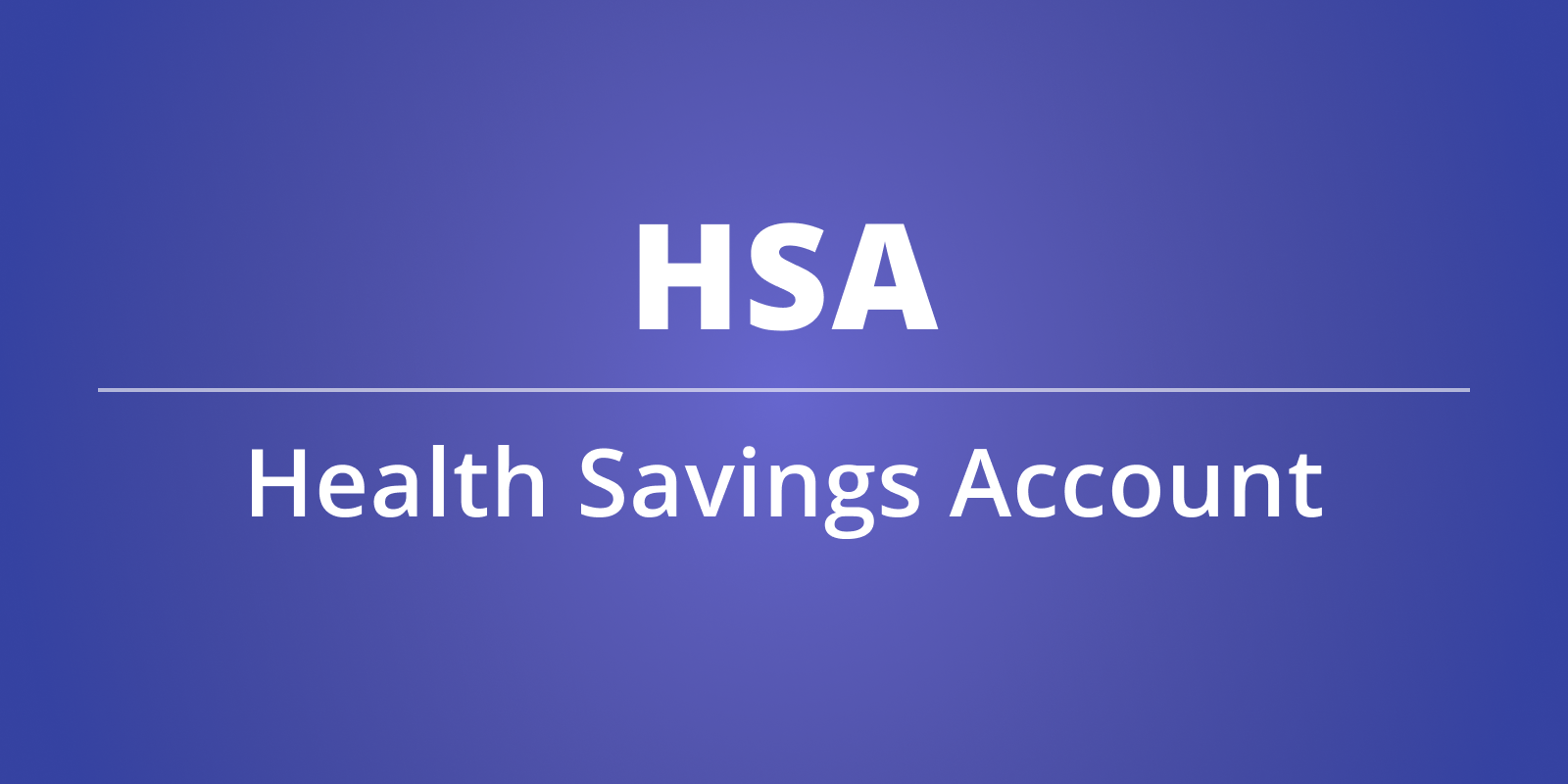A shoebox and a health savings account aren’t two things that instantly go together in your mind. However, if you’re ready to start maximizing the potential of your HSA account, the shoeboxing strategy may be perfect for you! Many people treat their HSA accounts like a medical spending account and immediately pay for healthcare expenses as they occur. What if you paid for those expenses outside of your HSA, saved the receipts and looked at your HSA as a retirement savings vehicle instead? It turns out you’d end up with a lot of benefits.
The A-B-C-D’s of Shoeboxing
Follow these steps to get started with shoeboxing:
Alternative Way to Pay Anytime you have a qualified medical expense, like a copay or a prescription, pay for it with funds outside of your HSA (such as a personal checking or savings account). Leave your HSA money untouched in your account.
Bank Your Receipts There is no deadline for reimbursing yourself from your HSA for qualifying medical expenses. That means you can pay yourself back months or years after an expense occurs (even into retirement). Save your receipts in your online “shoebox” for that later date.
Compound Your Funds Invest your HSA money for tax-free growth in stocks, mutual funds, and ETFs. The more you consistently contribute to your account the more your funds will grow.
Disburse Towards Your Receipts Once you retire, easily access the receipts you’ve saved online and redeem them by taking withdrawals from your HSA account completely tax-free and penalty-free. The best part is you spent years investing your HSA funds. Your balance is significantly larger than if you had reimbursed yourself as you incurred the expense. You’ve already paid off all those medical expenses as you went along, so you’re free to use the money on anything you’d like!

The shoeboxing strategy is a powerful way to grow your HSA account through long-term investing. A modern HSA like SavingsOak makes it easier than ever to store your receipts online and prepare for any future healthcare cost, and even non-healthcare expenses in retirement.








